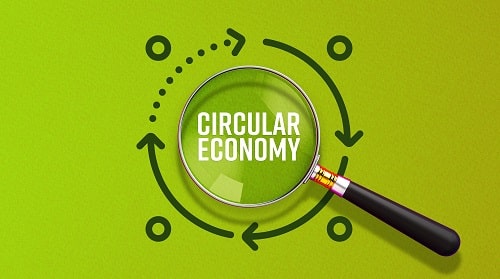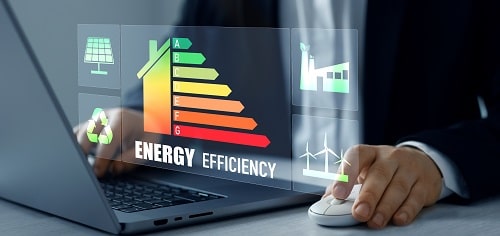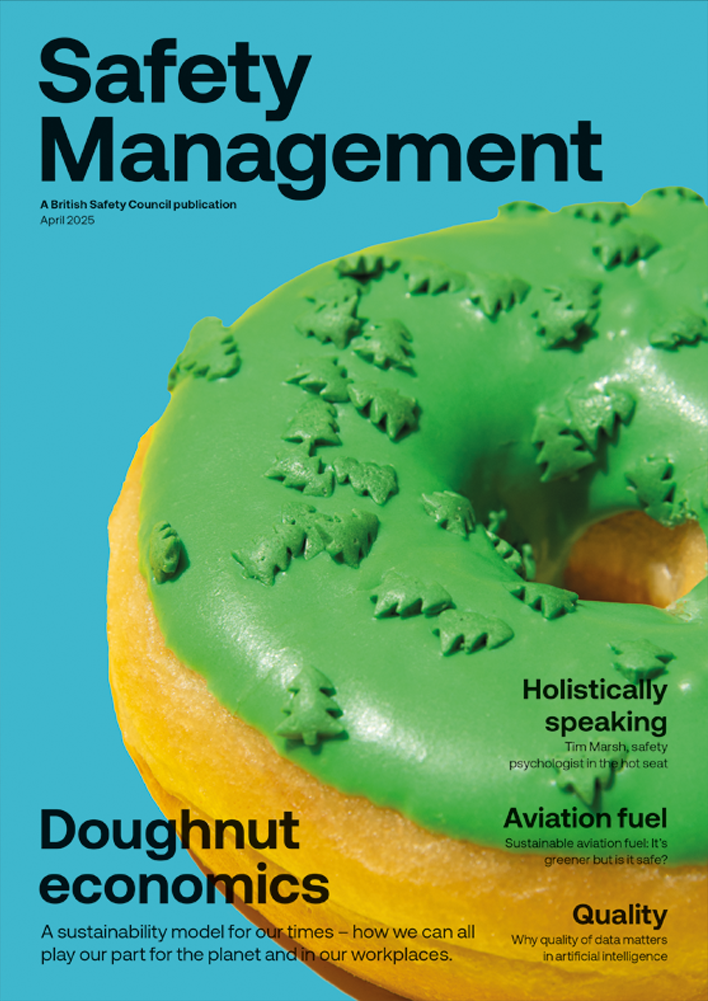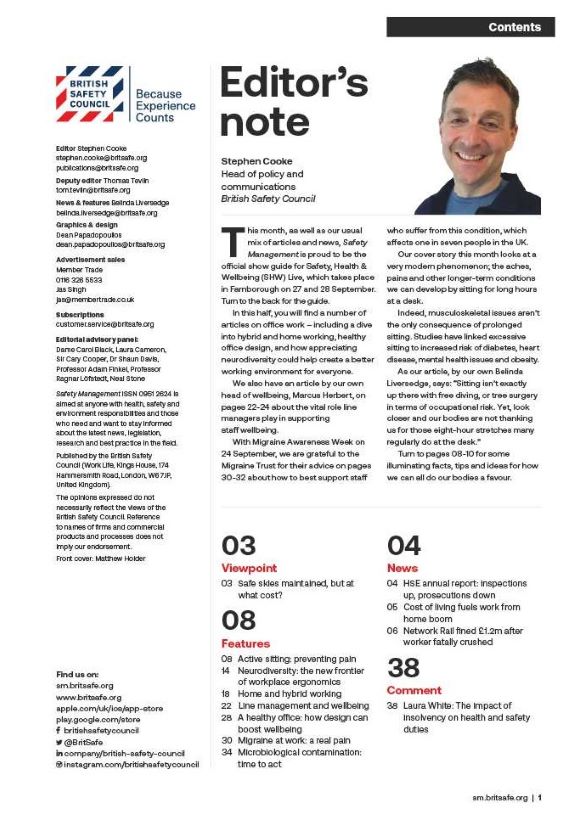Book review by Gavin Bradley, founder of Active Working CIC
Features
A Guide to Active Working in the Modern Office
A book devoted to the evolution and science of sedentary behaviour in offices may not be a contender for best-seller. Or so you might have thought.
But with Covid-19 lockdown leading to a tsunami of office workers now working remotely, things have changed. Big time! With 90 per cent of remote workers poorly set up with incorrect equipment at home, we face a ticking timebomb of costly healthcare and sick leave resulting from office workers sitting for prolonged periods. Remember, many office workers have lost as much as 5,000 steps a day of incidental physical activity in commuting to, from and around the office.

So why should a “Guide to Active Working in the Modern Office” be essential? Well for those now planning for this ‘new norm’, companies will invest more in wellness, mental health and physical activity in order to safeguard productivity.
With over 35-years’ experience in ergonomics and human factors Dr. Robert Bridger is in a unique position to share rich understanding of the history of offices and how they have evolved.
He has ploughed through scientific and experimental research, albeit emerging, on the sides of both standing and sitting and the interrelationship between the two. He sadly fails to mention that the DSE guidance last updated in the 1980s is no longer fit for purpose but he does highlight experimental evidence to suggest that an active workplace, especially standing desks, are efficacious. Dr. Bridger keenly points out that we need more evidence to know how effective they could really be. After each chapter he concisely enlightens us with his science based ‘takeaways’ and action-based ‘quick wins’.
So, for those short of time, this book will provide a quick but essential reference guide. Valuable tips I have gleaned were as follows:
- While it is misleading to refer to ‘sitting as the new smoking’, as the health risks are very different, there is plenty of evidence telling us that the longer we sit, the greater the risk of multiple cause death e.g. heart disease, diabetes, and certain cancers, not to mention chronic musculoskeletal conditions.
- While we may burn moderately more calories standing compared to sitting, we are more likely to move from a standing position to walking, fidgeting, or even stretching. This makes standing a powerful movement catalyst.
- We should not stand still for prolonged periods. Our next position is our best position. We also need to be comfortable and wear appropriate footwear.
- When you are sitting, know how to sit correctly. Adjust the seat height so your feet are resting firmly on the floor (or footrest). The screen should be approximately 70cm from your eyes and you should be looking straight out at the top third of the screen.
- Interrupt your sitting every 20 minutes and your standing too, by moving away from time to time. Make mini changes of posture and take frequent microbreaks. Stand for phone calls, routine emails and sit for intense typing or reading.
- Take time to develop new habits. Go for a walk at lunchtime, use the stairs at every opportunity, go to the furthest bathroom. Do intermittent stretches at regular intervals.
Office aficionados, human resource experts, facilities and workplace consultants – this guidebook provides valuable evidence-based tips for you to improve employee wellness. You will find it essential when preparing senior management to make important decisions about the future of your office and your remote based workers. Get moving!
Gavin Bradley is Founder of Active Working CIC
A Guide to Active Working in the Modern Office by Dr Robert Bridger is available here
FEATURES

How to build circular economy business models
By Chloe Miller, CC Consulting on 07 April 2025
Widespread adoption of a circular economy model by business would ensure greater environmental and economic value is extracted and retained from raw materials and products, while simultaneously reducing carbon emissions, protecting the environment and boosting business efficiency and reputation.

What does the first year on an accelerated net zero path have in store for UK businesses?
By Team Energy on 07 April 2025
The UK is halfway to net zero by 2050 and on a new, sped-up net zero pathway. In light of this, Graham Paul, sales, marketing & client services director at TEAM Energy, speaks to TEAM Energy’s efficiency and carbon reduction experts about the future of energy efficiency and net zero in the UK.

Aligning organisational culture with sustainability: a win, win for the environment and business
By Dr Keith Whitehead, British Safety Council on 04 April 2025
The culture of an organisation is crucial in determining how successfully it implements, integrates and achieves its sustainability and environmental goals and practices. However, there are a number of simple ways of ensuring a positive organisational culture where everyone is fully committed to achieving excellent sustainability performance.



